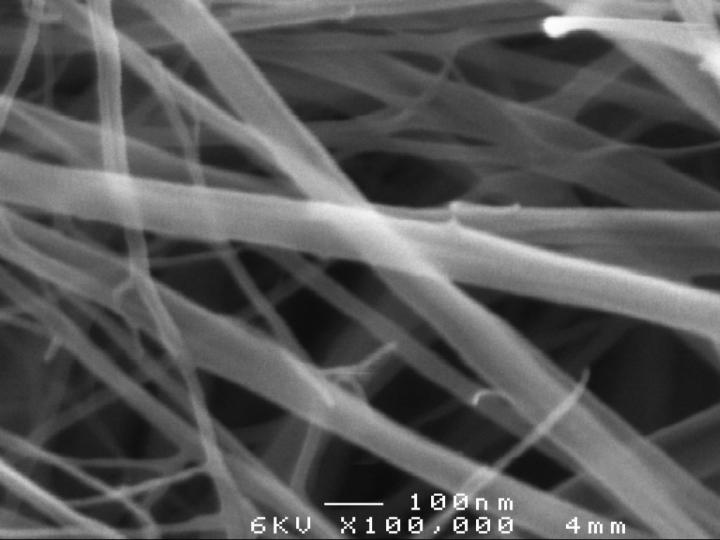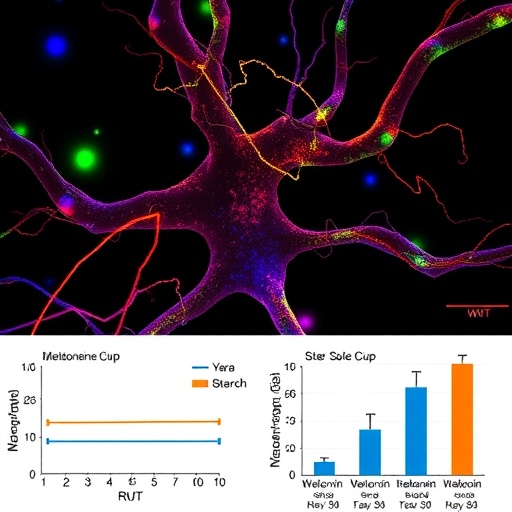
Credit: (c) Dr Deirdre Mikkelsen, The University of Queensland
The secret of how fibre shapes the structure of plant cell walls has been revealed, with potentially wide-ranging applications ranging from nutrition and health to agriculture.
Researchers from The University of Queensland and KTH Royal Institute of Technology in Sweden have uncovered the mechanics of how plant cell walls balance the strength and rigidity provided by cellulose with its ability to stretch and compress.
UQ Director of the Centre for Nutrition and Food Sciences Professor Mike Gidley said the team identified that a family of cell wall polymers – hemicelluloses – played a critical role in balancing the need for rigidity with the flexibility to bend without breaking.
“This discovery is important for understanding dietary fibre properties in nutrition, but also for applications in medicine, agriculture and a range of other industries,” Professor Gidley said.
“Plants don’t have a skeleton, and their structures can range from soft, floppy grasses to the majestic architecture of a Eucalypt tree, with the key differences lying in their cell wall fibre structures.”
The diversity of plant structures results from the three core building blocks of plant fibre – cellulose, hemicellulose and lignins – in the plant cell walls.
“Lignins provide the water-proofing in woody fibre and cellulose is the rigid scaffolding material in almost all plant types, but the mechanical function of hemicellulose was something of a mystery,” Professor Gidley said.
Professor Gidley and Dr Deirdre Mikkelsen, in collaboration with Dr Francisco Vilaplana at KTH’s Wallenberg Wood Science Centre, experimented with two major components of hemicellulose – with dramatic effect.
“We tested the properties of cellulose when adding different proportions of the two components, and found that ‘mannans’ improved compression while ‘xylans’ drastically increase its stretchiness,” Dr Mikkelsen said.
“We generated modified cellulose material in the laboratory that could be stretched to twice its resting length – the equivalent to watching a wet sheet of paper being stretched to double its length without tearing.”
The team said its discovery had many applications, including in wound care and in the texture of plant foods.
“This information is also of interest for gut microbiome research in understanding more about how plant cells walls, or fibre, break down in the gut,” Professor Gidley said.
“Complex plant fibre is already processed for low value applications, but high value materials are usually made from pure (bacterial) cellulose.
“Our work creates the basis for a new cellulose chemistry in which xylans and mannans are added to make composites with useful properties.
“This means new possibilities for developing better, environmentally-sustainable plant-based materials, as well as selecting natural plant fibres with desirable properties in agriculture and food.”
###
The study is published in Nature Communications [DOI 10.1038/s41467-020-18390-z].
Media Contact
Professor Mike Gidley
[email protected]
Related Journal Article
http://dx.




